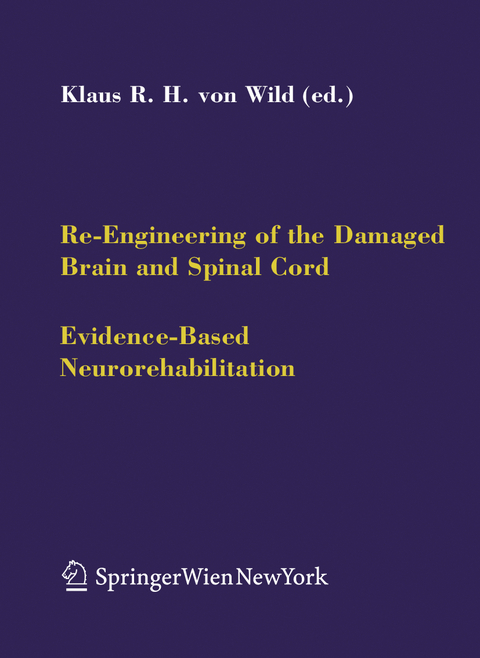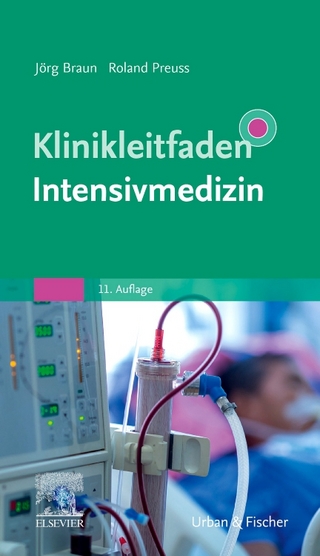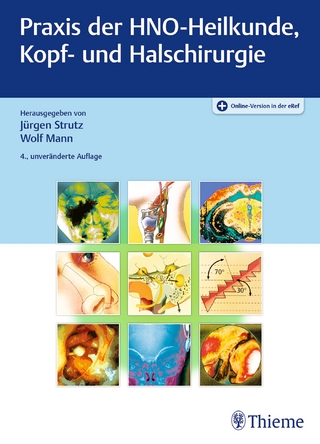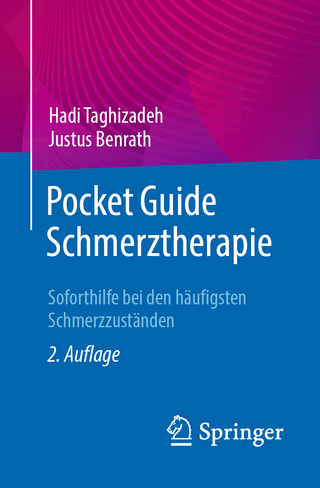
Re-Engineering of the Damaged Brain and Spinal Cord
Springer Wien (Verlag)
978-3-211-24150-9 (ISBN)
Evidence based neurorehabilitation.- Evidence based medicine in neurological rehabilitation - a critical review.- Quality management in traumatic brain injury (TBI) Lessons from the prospective study in 6.800 patients after acute TBI in respect of neurorehabilitation.- Posttraumatic epilepsy with special emphasis on prophylaxis and prevention.- Swallowing therapy - a prospective study on patients with neurogenic dysphagia due to unilateral paresis of the vagal nerve, Avellis' syndrome, Wallenberg's syndrome, posterior fossa tumours and cerebellar hemorrhage.- Impaired self-awareness after moderately severe to severe traumatic brain injury.- Assessment of health-related quality of life in persons after traumatic brain injury - development of the Qolibri, a specific measure.- Re-engineering of brain lesions.- RNA editing: a molecular mechanism for the fine modulation of neuronal transmission.- Inhibition of I?B? phosphorylation prevents glutamate-induced NF-?B activation and neuronal cell death.- Reorganization of cerebral circuits in human brain lesion.- Transcranial magnetic stimulation in neurorehabilitation.- Is there impairment of a specific frontal lobe circuit in head injury?.- Treating the aging brain: cortical reorganization and behavior.- The localization of central pattern generators for swallowing in humans - a clinical-anatomical study on patients with unilateral paresis of the vagal nerve, Avellis' syndrome, Wallenberg's syndrome, posterior fossa tumours and cerebellar hemorrhage.- Functional regeneration of the axotomized auditory nerve with combined neurotrophic and anti-inhibitory strategies.- Electrically evoked hearing perception by functional neurostimulation of the central auditory system.- Physiological recordings from electrodesimplanted in the basal ganglia for deep brain stimulation in Parkinson's disease. The relevance of fast subthalamic rhythms.- DBS therapy for the vegetative state and minimally conscious state.- Deep brain stimulation for idiopathic or secondary movement disorders.- Extradural Motor Cortex Stimulation (EMCS) for Parkinson's disease. History and first results by the study group of the Italian neurosurgical society.- Endocrine dysfunction following traumatic brain injury: mechanisms, pathophysiology and clinical correlations.- Taylored implants for alloplastic cranioplasty - clinical and surgical considerations.- Lessons from National and International TBI Societies and Funds like NBIRTT.- Re-engineering of spinal cord lesions.- Brachial plexus surgery (Honorary lecture).- Results in brachial plexus palsy after biceps neuro-muscular neurotization associated with neuro-neural neurotization and teno-muscular transfer.- Macrophages and dendritic cells treatment of spinal cord injury: from the bench to the clinic.- Electrophysiological effects of 4-aminopyridine on fictive locomotor activity of the rat spinal cord in vitro.- Alternative, complementary, energy-based medicine for spinal cord injury.- The effect of penile vibratory stimulation on male fertility potential, spasticity and neurogenic detrusor overactivity in spinal cord lesioned individuals.- Posttraumatic syringomyelia - a serious complication in tetra- and paraplegic patients.- Functional neurorehabilitation in locked-in syndrome following C0-C1 decompression.- Treatment options and results in cervical myelopathy.- The treatment of the sacral pressure sores in patients with spinal lesions.- Neurological-neurosurgical-neurobehavioral rehabilitation.- Phenomenological aspects of consciousness - itsdisturbance in acute and chronic stages.- Neuropsychological experiences in neurotraumatology.- Team care in ICU - Psychotherapeutic aspects and taking care of family of patients with traumatic brain injury.- Early clinical predictive factors during coma recovery.- Predicting one year clinical outcome in traumatic brain injury (TBI) at the beginning of rehabilitation.- Severe brain injuries in children.- The locked-in syndrome: a challenge for therapy.- Addendum.- WFNS committee for neurorehabilitation.- Academia Multidisciplinaria Neurotraumatologica AMN.- NBIRTT, the National Brain Injury Research, Treatment and Training Foundation.
| Erscheint lt. Verlag | 7.4.2005 |
|---|---|
| Reihe/Serie | Acta Neurochirurgica Supplement |
| Mitarbeit |
Sonstige Mitarbeit: G.A. Brunelli |
| Zusatzinfo | XVI, 240 p. |
| Verlagsort | Vienna |
| Sprache | englisch |
| Maße | 178 x 254 mm |
| Gewicht | 916 g |
| Themenwelt | Medizin / Pharmazie ► Medizinische Fachgebiete ► Chirurgie |
| Schlagworte | functional rehabilitation • Gehirnchirurgie • Neurorehabilitation • Neurosciences • neurosurgery • Parkinson • Rehabilitation • rehabilitation psychology • Rückenmarkchirurgie • Surgery |
| ISBN-10 | 3-211-24150-7 / 3211241507 |
| ISBN-13 | 978-3-211-24150-9 / 9783211241509 |
| Zustand | Neuware |
| Haben Sie eine Frage zum Produkt? |
aus dem Bereich


